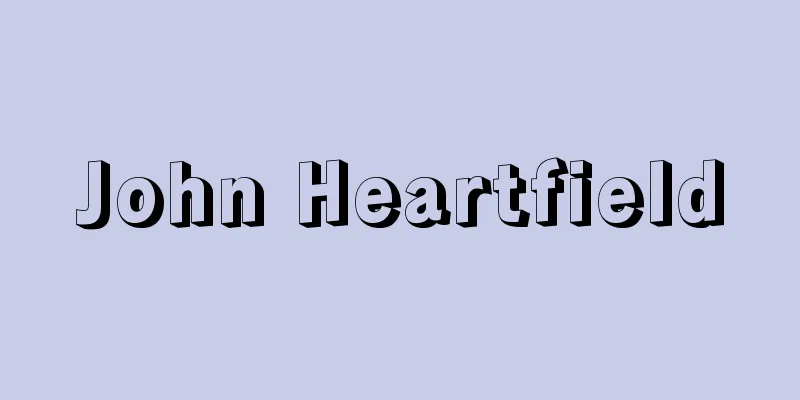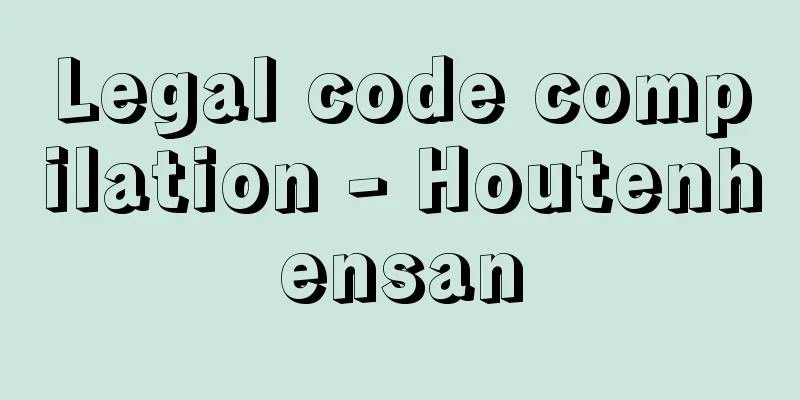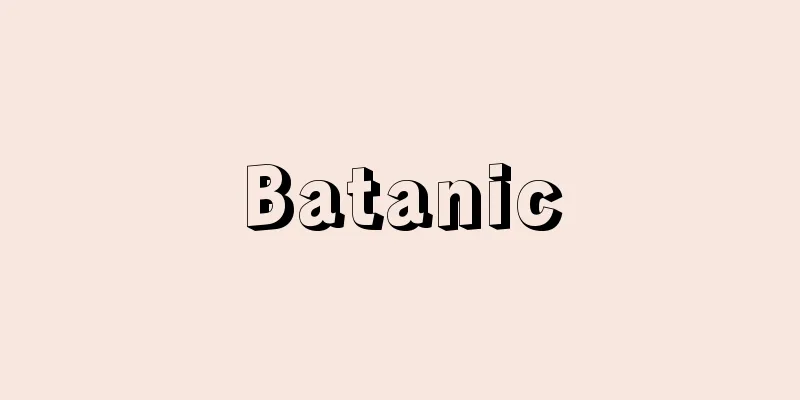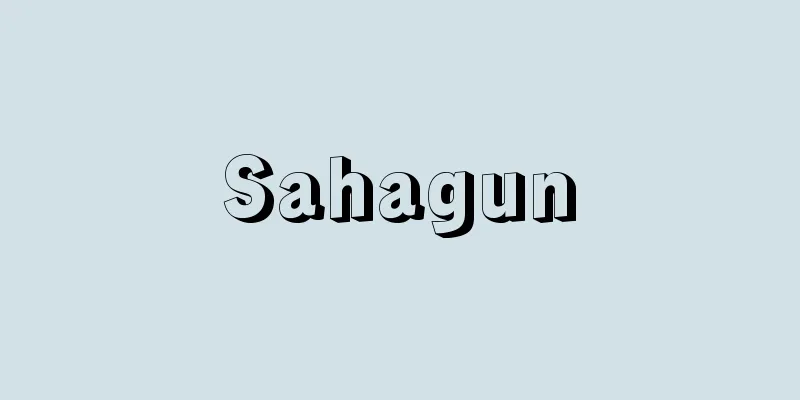John Heartfield

|
German photomontage artist. His real name was Helmut Herzfelde. He rose to prominence in the Dada movement, an avant-garde art movement that spread to Berlin after the end of World War I. In 1916, during World War I, as Germany entered a state of war with Britain, he adopted the same English name as his German name to express his anti-nationalist stance. After a difficult childhood in which they were abandoned by their parents, they became involved in the avant-garde art movement together with their brother Wieland Herzfelde (1896-1988). In 1907 they received their art education at the Royal Academy of Arts and Crafts in Munich, where they studied poster design. In 1913, the brothers moved to Berlin and studied at the Academy of Arts and Crafts. It was around this time that they began to associate with local avant-garde artists. In 1915 they had a fateful encounter with the painter Georg Gross, who became their ally. The two shared a studio the following year, and both contributed to the left-wing political and literary magazine Die Neue Jugend. In 1918, the Heartfield brothers and Gross founded Berlin Dada together with Richard Hülsenbeck (1892-1974), one of the central figures of Zurich Dada, who had returned to Berlin. Heartfield also joined the German Communist Party that same year, strengthening his left-wing leanings. Berlin Dada was characterized by its radical political statements that reflected the revolutionary situation in Germany immediately after World War I, and by its promotion of the innovative development of photomontage. In particular, Heartfield, Grosz, Raoul Hausmann (1886-1971), and Hannah Höch (1889-1978) developed photomontage as a new form of visual art, freely combining existing printed materials with other media. As Berlin Dada declined in the early 1920s, Heartfield expanded his activities into the field of political propaganda, actively producing designs and photomontages for Communist periodicals and books. In particular, the designs for the cover and pages of the graphic magazine Arbeiter-Illustrierte Zeitung (AIZ), which began in 1927, using photomontage to criticize and denounce the Nazis, opened up a new dimension in 20th century photomontage in terms of their sharpness and the richness of montage ideas. For example, on the cover of the October 16, 1932 issue of Arbeiter-Illustrierte Zeitung, a photomontage of Hitler with his hand raised in a salute, with a capitalist standing behind him and handing him a large sum of money, is featured with the copy "The meaning of the Hitler salute." The criticism is also directed at the Spanish fascist regime and the Japanese occupation of Nanjing. In 1929, at the International Exhibition of Film and Photography, a major exhibition in the history of photography, held in Stuttgart, Heartfield was given a room to create an agitation exhibition using photomontage. At the entrance, a message was posted saying, "Use photography as a weapon!" The technique of photomontage itself was also developed by other artists of the same era, such as László Moholy-Nagy, Alexander Rodchenko, and Eli Lissitzky, who started out as constructivists. Photomontage was also applied to product advertisements and event announcements, and as it was refined, its use in advertising became common. However, as a communist, Heartfield did not regard his work as art or simply design, but rather defined it as effective propaganda and social messages aimed at the masses, and thus carved out a unique ground in that he maintained a political stance. After the Nazis came to power in 1933, he was forced to leave the country, but his anti-fascist views did not weaken, even after he moved from the Czech Republic to London, and he continued to publish his work in the magazine "Workers' Illustrated" until 1938, changing the publication location. During that time, he produced 237 photomontages. After the end of World War II, he returned to what was then East Germany in 1950, and became a professor at the Academy of Arts while continuing to work in fields such as stage design. [Masafumi Fukagawa] “John Heartfield, Wieland HerzfeldeLeben und Werk (1962, VEB Verlag der Kunst, Dresden. New Edition 1986, Verlag das Europäische Buch, Berlin)” ▽ “Dawn AdesPhotomontage (1976, Pantheon, New York. New Edition 1986, Thames and Hudson, London)” ▽ “Eckhard SiepmannMontage; John Heartfield vom Club Dada zur [sic] zur Arbeiter-Illustrierten Zeitung (1988, Elefant Press, Berlin)” ▽ “David EvansJohn Heartfield AIZ/VI 1930-38 (1992, Kent Fine Art, New York)” ▽ “John Heartfield 1891-1968; Photomontages (catalog, 1969, Deutsche Akademie der Künste, Berlin) [References] | | | | | |Source: Shogakukan Encyclopedia Nipponica About Encyclopedia Nipponica Information | Legend |
|
ドイツのフォトモンタージュ作家。本名はヘルムート・ヘルツフェルデHelmut Herzfelde。第一次世界大戦終結後ベルリンに伝えられた前衛芸術運動ダダの活動のなかで頭角を現した。第一次世界大戦中の1916年、ドイツがイギリスとの戦闘状態に入ったことに対し、反国家主義の姿勢の表明として、自らのドイツ語名と同じ意味の英語名を名乗るようになった。 両親に見捨てられるという辛い幼少期を過ごした後、兄のビーラントWieland Herzfelde(1896―1988)と行動をともにしながら前衛芸術運動にかかわるようになった。1907年ミュンヘンの王立美術工芸学校で美術教育を受け、ポスター・デザインを学ぶ。13年兄弟でベルリンに転居し、美術工芸学校に学ぶ。このころから、現地の前衛芸術家グループと交流を始める。15年には盟友となった画家ゲオルク・グロッスと運命的な出会いをする。2人は翌年にはアトリエを共有し、ともに左翼系の政治文学雑誌『新青年』Die Neue Jugendに寄稿。18年ハートフィールド兄弟とグロッスは、ベルリンに戻ったチューリヒ・ダダの中心人物の一人リヒャルト・ヒュルゼンベックRichard Hülsenbeck(1892―1974)とともに、ベルリン・ダダを創設。ハートフィールドは、同年ドイツ共産党にも入党し、左翼的傾向を強めた。 ベルリン・ダダを特徴づけるのは、第一次世界大戦直後のドイツ国内の革命状況を反映した過激な政治的主張と、フォトモンタージュの革新的な発展を促したことにあった。とりわけハートフィールド、グロッス、ラウール・ハウスマンRaoul Hausmann(1886―1971)、ハンナ・ヘーヒHannah Höch(1889―1978)は、視覚芸術の新たな形として、既存の印刷物を素材にしてほかのメディアなどとも自由に組み合わせたフォトモンタージュを展開していった。ハートフィールドは、ベルリン・ダダが20年代初頭に退潮するなかで、活動の場を政治的プロパガンダの領域に広げ、共産党の定期刊行物や書籍のためのデザインやフォトモンタージュを精力的に制作した。なかでもグラフ雑誌『労働者画報』Arbeiter-Illustrierte Zeitung(AIZ)の表紙や誌面で27年から始めた、フォトモンタージュを駆使したナチスへの批判と糾弾のためのデザインは、その辛辣さとモンタージュのアイデアの豊かさの点で20世紀のフォトモンタージュの新たな次元を切り拓いた。例えば32年10月16日発行の『労働者画報』では、敬礼のために手を挙げたヒトラーの背後に資本家が立って、その手に大金を渡しているというフォトモンタージュが「ヒトラー式敬礼の意味」というコピーとともに表紙を飾っている。その批判の矛先は、スペインのファシズム政権、日本の南京(ナンキン)占領などにも向けられている。 1929年、シュトゥットガルトで開催された写真史上重要な展覧会「映画と写真・国際展」で、ハートフィールドは一室を与えられ、フォトモンタージュによるアジテーション展示の空間を作り出した。入り口には「写真を武器として用いよ!」という言葉が掲げられていた。フォトモンタージュという手法自身は、同時代的に、ラズロ・モホリ・ナギやアレクサンドル・ロドチェンコ、エリ・リシツキーなど構成主義から出発した作家によっても発展させられた。フォトモンタージュは商品広告やイベントの告知などにも応用され、洗練されるとともに、広告における使用を一般化していった。それに対し、ハートフィールドは、共産主義者として、自分の仕事を芸術作品やたんなるデザインとみなすことはなく、あくまでも大衆に向けられた効果的なプロパガンダ、社会的なメッセージと規定して政治的立場を貫いた点で独自の境地を切り拓いた。 33年のナチス政権樹立後、国を追われるが、チェコからロンドンへと拠点を移しながらも反ファシズムへの視点は弱まることはなく、38年まで発行地を変えながら『労働者画報』を発行して作品を発表し続けた。その間、制作されたフォトモンタージュは237点にのぼる。第二次世界大戦終結後、1950年に当時の東ドイツに帰国し、芸術アカデミーの教授となるかたわら、舞台デザインなどの領域で仕事を続けた。 [深川雅文] 『John Heartfield, Wieland HerzfeldeLeben und Werk (1962, VEB Verlag der Kunst, Dresden. New Edition 1986, Verlag das Europäische Buch, Berlin)』▽『Dawn AdesPhotomontage (1976, Pantheon, New York. New Edition 1986, Thames and Hudson, London)』▽『Eckhard SiepmannMontage; John Heartfield vom Club Dada zur [sic] zur Arbeiter-Illustrierten Zeitung (1988, Elefant Press, Berlin)』▽『David EvansJohn Heartfield AIZ/VI 1930-38 (1992, Kent Fine Art, New York)』▽『John Heartfield 1891-1968; Photomontages (catalog, 1969, Deutsche Akademie der Künste, Berlin)』 [参照項目] | | | | | |出典 小学館 日本大百科全書(ニッポニカ)日本大百科全書(ニッポニカ)について 情報 | 凡例 |
>>: University of Padova (English name: University of Padova)
Recommend
Myxine garmani (English spelling) Myxinegarmani
...Its English name is hagfish (a fish that resem...
Carex dickinsii (English name)
…[Tetsuo Koyama]. … *Some of the terminology that...
Lower mantle
…The depth distribution of density, pressure, gra...
Binswanger, Ludwig
Born: April 13, 1881 in Kreuzlingen Died: February...
Parasol mushroom - Parasol mushroom
...It is distributed widely throughout the world,...
osculating circle
…Depending on whether κ is positive or negative, ...
Karakalpakstan [Autonomous Republic] (English spelling)
An autonomous republic in Central Asia within the ...
King of Ninja Bears
...also called Prince Ojin. The son of Emperor Ch...
Wild carrot - Wild carrot
A perennial plant of the Umbelliferae family (APG...
Rhopalocera
… Most moths are nocturnal, so many of them have ...
Sen Sotan
1578-1659 * A tea master from the early Edo perio...
Seamless pipe
…This is used in the exhaust pipes of automobile ...
Cephalophinae
...A small antelope the size of a rabbit or a dee...
Pearlite - Pearlite (English spelling)
(1) A layered structure in which α (alpha) iron c...
Adiantum caudatum (English spelling)
…[Shigeyuki Mitsuda]. … *Some of the terminology ...









